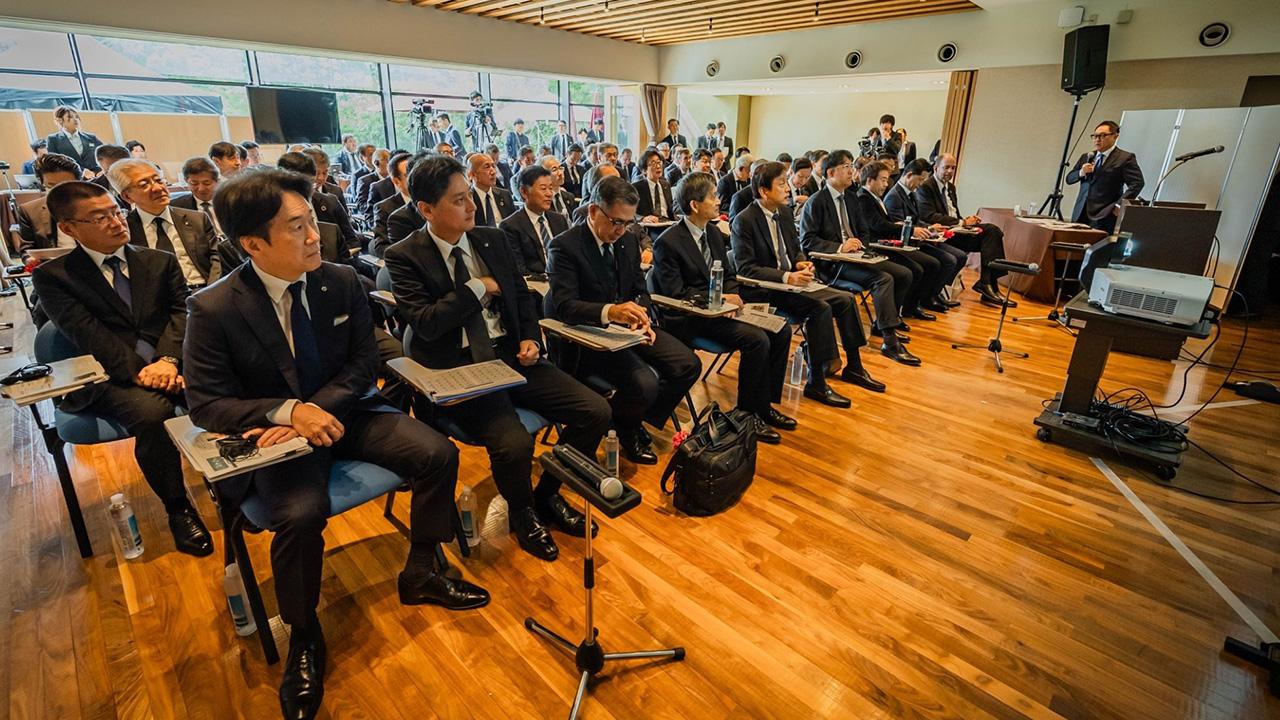
The Tateshina Meeting returns after a four-year break, with the shared desire to eradicate accidents as strong as ever. Cross-company discussions sought to learn from the past, and to shape the future.
No AI without love
The final speaker was Toyota Research Institute (TRI) CEO Gill Pratt.
His presentation focused on the use of AI, which is being touted as the future of safety technology.
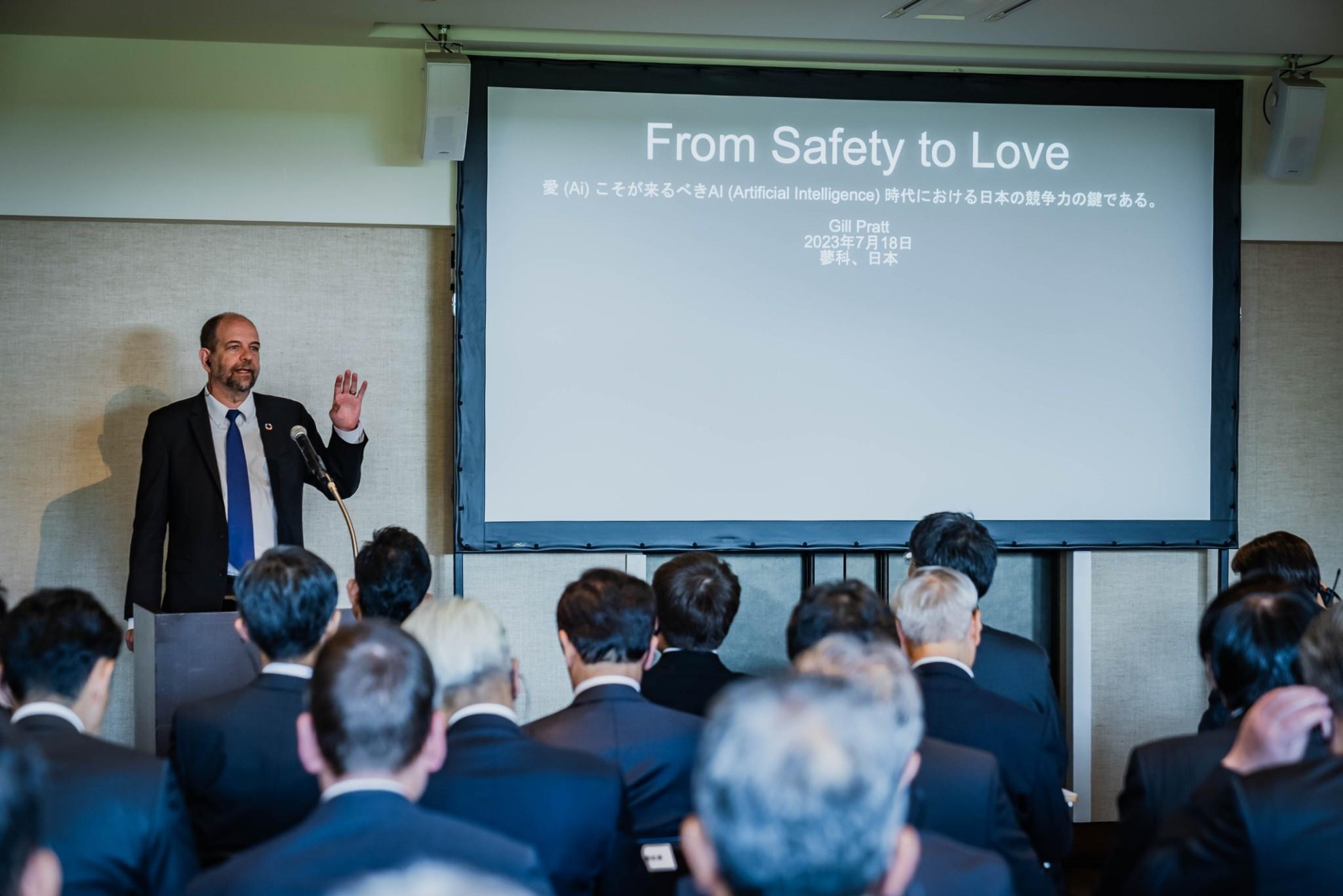
“Like all technologies since the advent of fire, generative AI holds the potential to yield both positive and negative results,” explained CEO Pratt.
While citing war as a negative example, he emphasized that, when used positively, technology allows companies to create products imbued with a greater love for their customers.
“Customers can tell whether a company loves them or not,” said Dr. Pratt. “If companies make products that show love for customers, those customers will return the love, both to the product and the company that created it.”
He gave this as the reason why people buy Apple products, despite the availability of cheaper alternatives with comparable functionality.
In his view, as the AI age draws near, nurturing empathy and consideration for others from early childhood gives the Japanese an advantage in creating products imbued with love. CEO Pratt then concluded his presentation:
This trait of Japanese culture will prove to be the most important source of competitive strength.
Just as human-centered automation requires a human touch, I believe that AI is nothing without love.
I also believe that following this principle will surely bring a second period of miraculous economic growth.
After the presentation, Denso President Shinnosuke Hayashi revealed the conflict he had sensed between technological progress and maintaining a Japanese collective that values empathy and consideration for others. His comments resonated deeply with CEO Pratt’s insights.
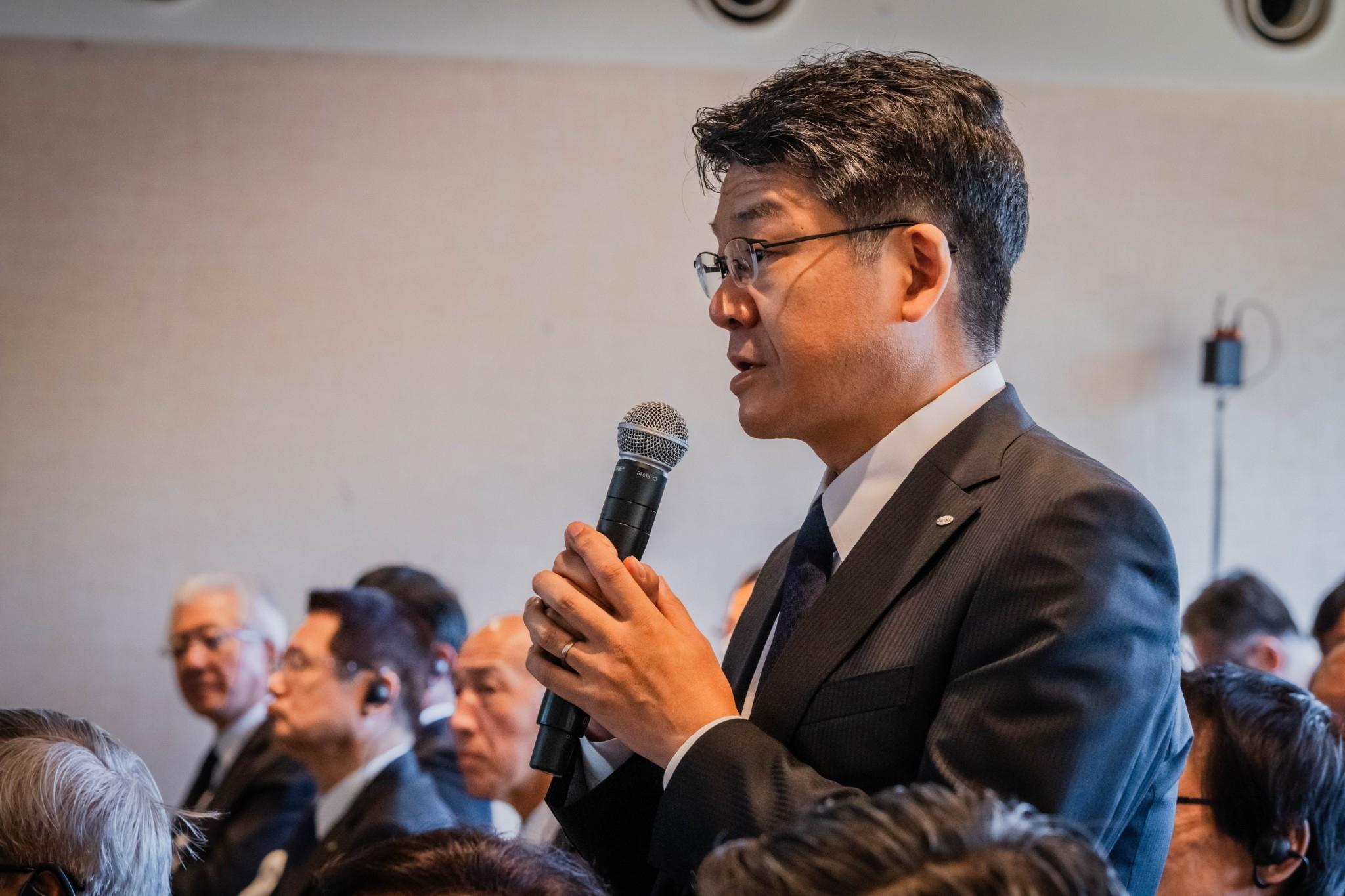
To be honest, for some time I was concerned that technological progress and evolution might destroy the Japanese sense of family and community. This was a dilemma I could not solve.
I realized that to find the answer, we need to look to the love within ourselves—whether it’s a religious spirit, for example, or something we cherish, we have to pour what lies within our hearts and minds into developing technologies or into management. Therein lies the solution.
“It’s difficult to discover our own strengths by looking within and examining ourselves,” replied CEO Pratt. “My important role here is to reflect the unique traits of Japanese society back for everyone to see.”
Carmaker leaders renew their commitment
From here, the meeting was turned over to questions from all participants, as Chairman Toyoda kept the discussion flowing.
Aisin President Moritaka Yoshida shared a story about Honorary Chairman Shoichiro Toyoda from his days as a Toyota engineer.
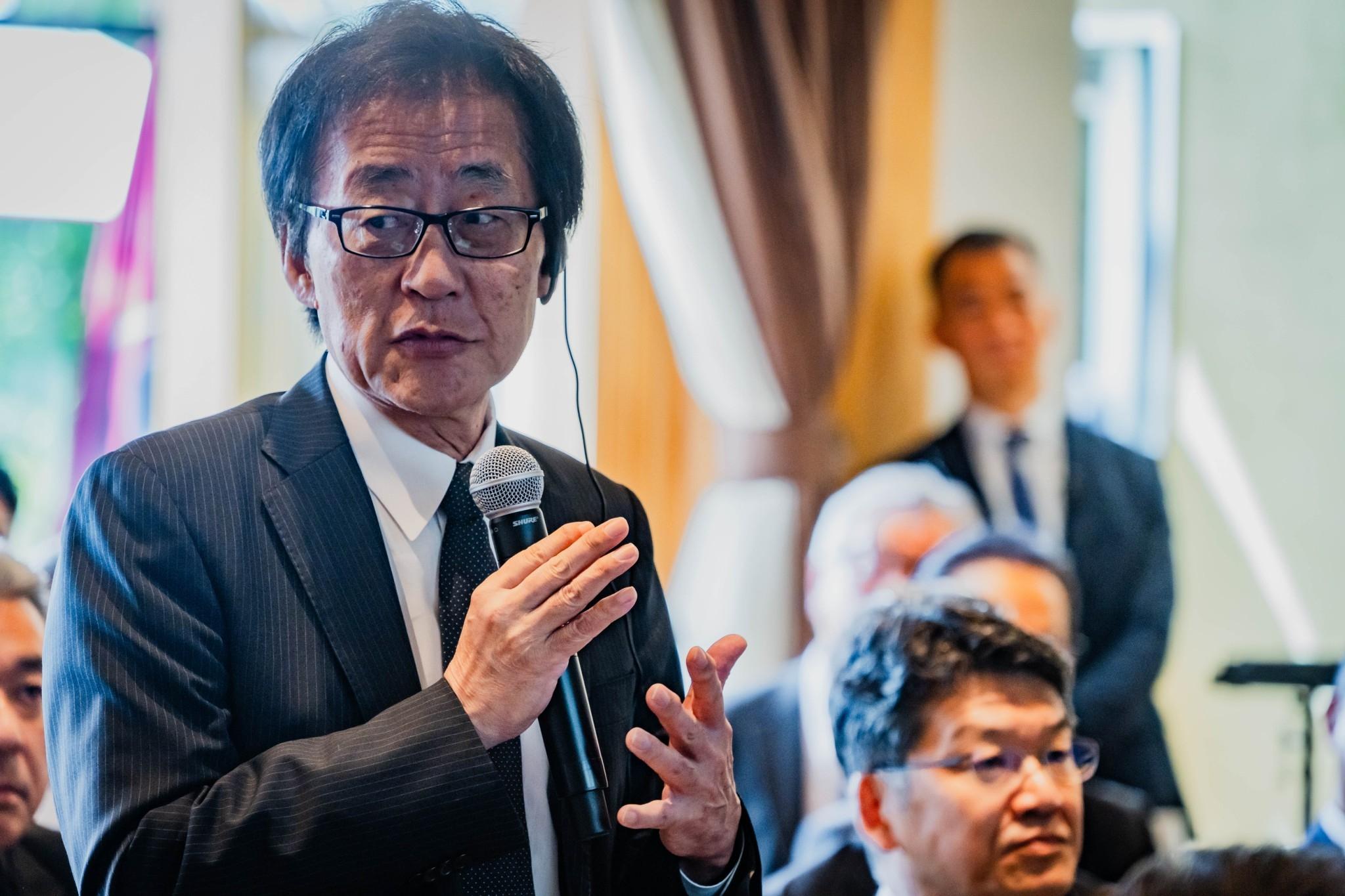
Honorary Chairman Shoichiro Toyoda pointed out that accidents were decreasing in Japan, but not in Toyota City, and asked whether I had been to an accident site.
I was stunned. Indeed, I hadn’t been to see where the accidents were actually happening.
Later, I visited the actual accident sites, half out of regret and half out of conviction. It proved an incredible lesson—I saw where they took place and, in terms of infrastructure, realized that we could do a great deal even without spending much money.
CEO Pratt responded to President Yoshida’s remarks.
Accidents are caused by the way people drive and their environment, which means they differ between Japan and other parts of the world.
That is why, as part of my development efforts, I must somehow customize the way car safety systems respond according to the needs of different locations.
Ultimately, we must also explore customization for individual drivers.
Suzuki President Toshihiro Suzuki stressed the need to rouse people’s interest in safety as part of the three-pronged approach.
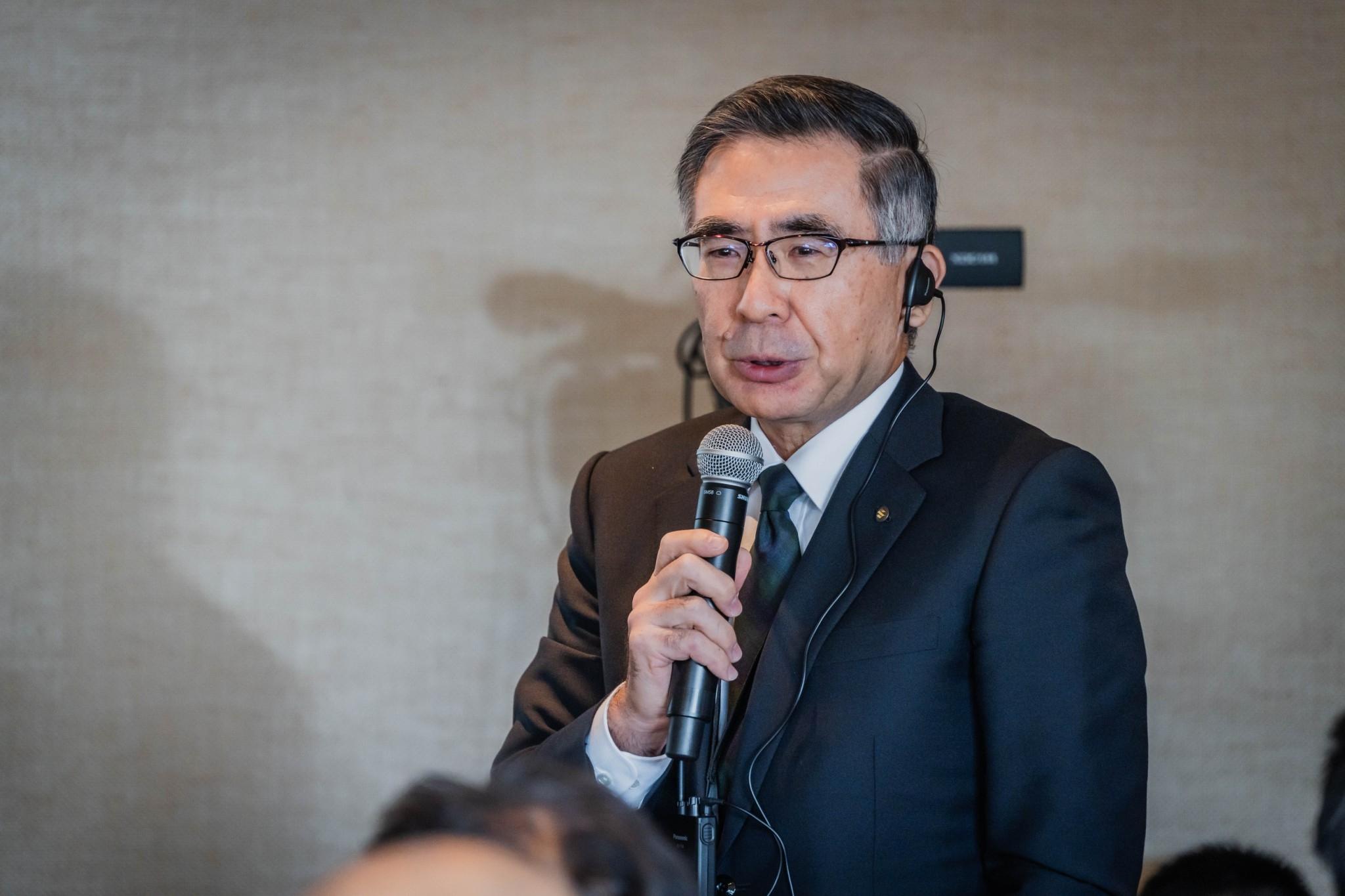
Returning to the three-pronged approach: although car performance is improving through the use of AI data and other technologies, in the end, I believe it comes down to people.
No matter how much better cars or infrastructure become, in the end, it is people who are in control. It struck me that accidents will never hit zero unless people drive with consideration for others.
How do we remind people to be considerate? How do we instill in them a love for cars and a love for other people? Today’s discussion has highlighted the need to make this appeal to those getting behind the wheel.
CEO Pratt’s message about love for customers also struck a chord with Subaru President Atsushi Osaki, attending for the first time.
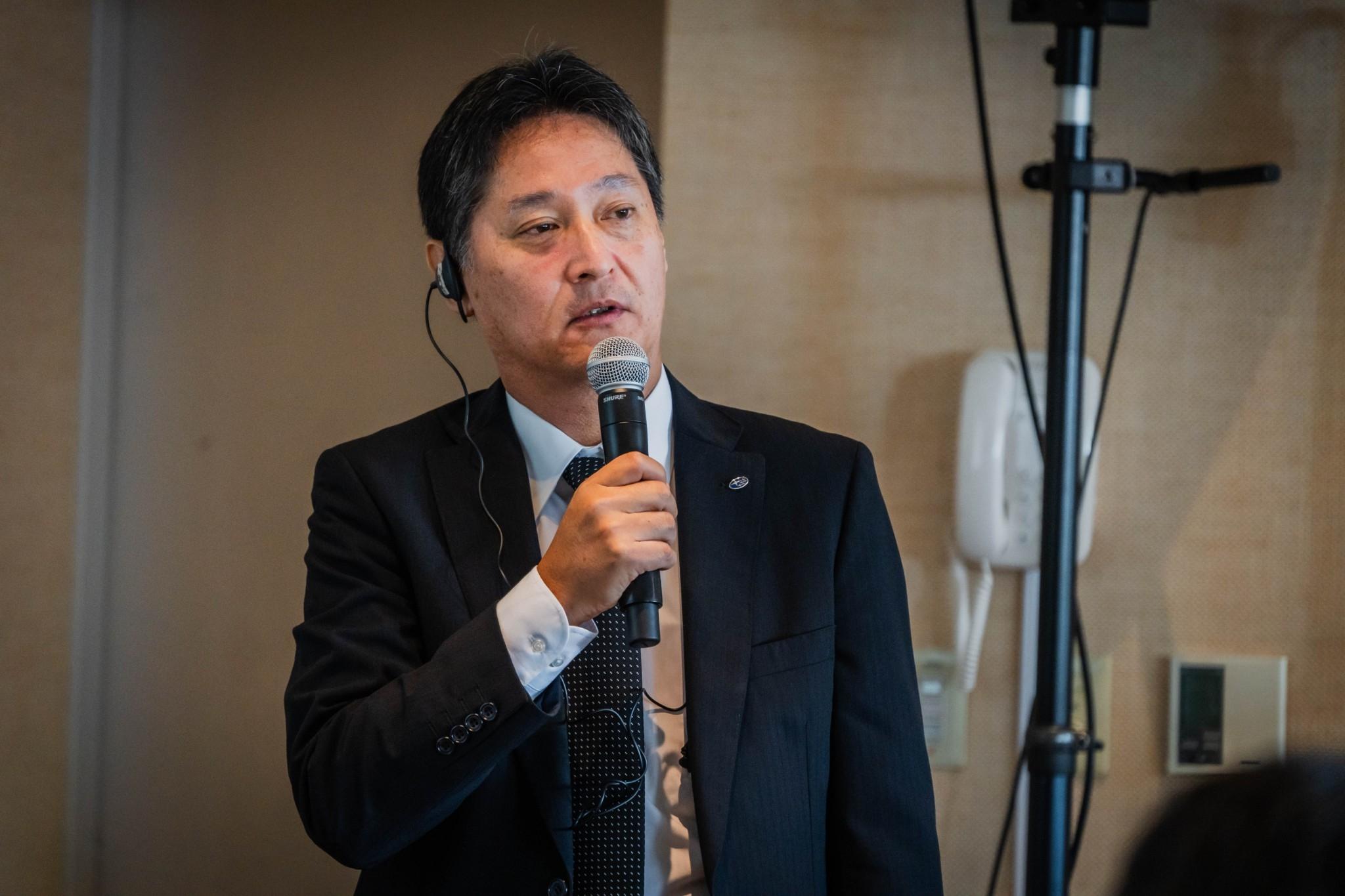
He also touched on the rise in older adult casualties presented by Okazaki, speaking with fresh conviction: “In developing technology, we must go so far as to profoundly consider the fact that, from a medical standpoint, they may have slower reactions and take longer for injuries to heal.”
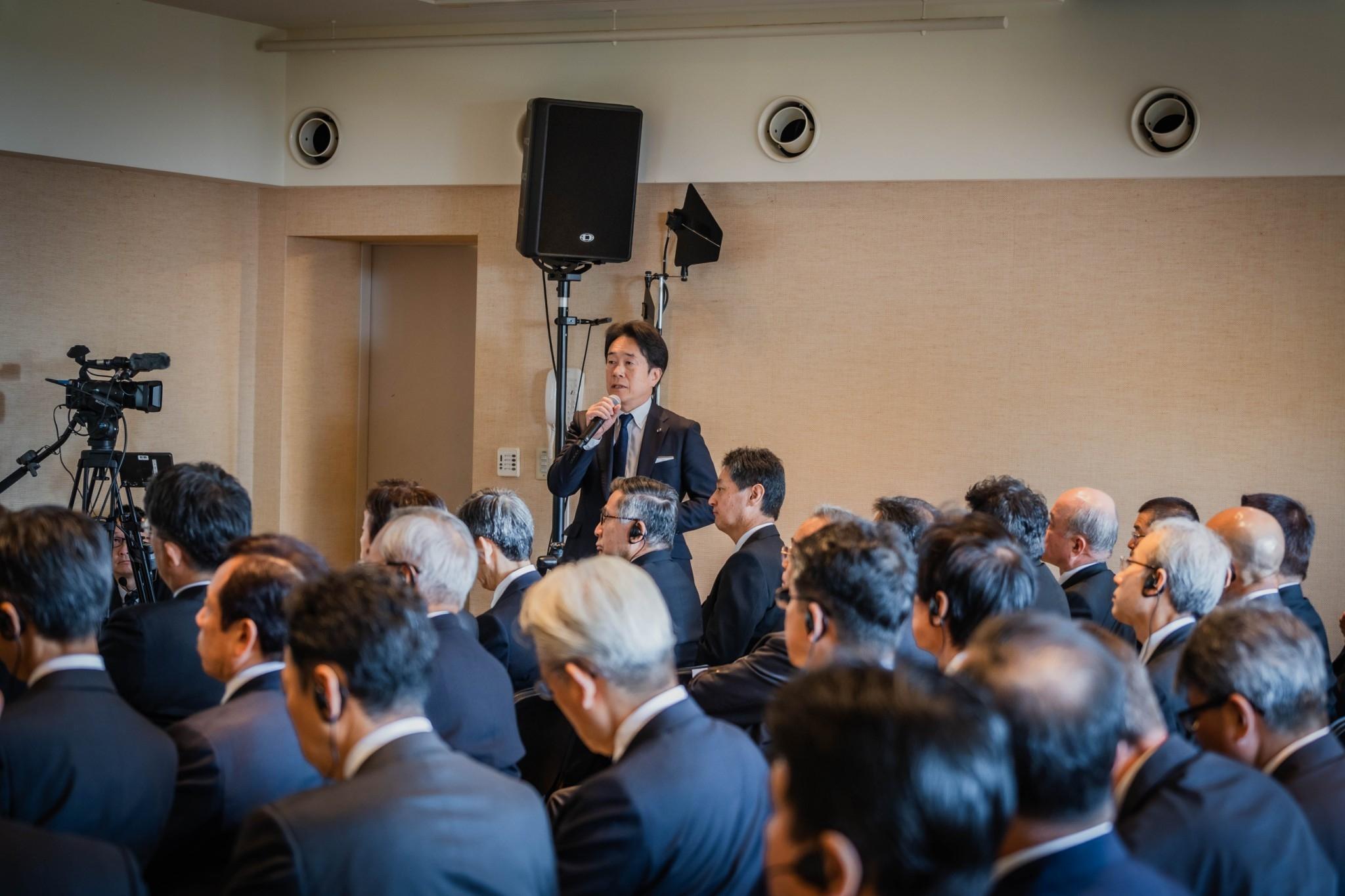
Mazda President Masahiro Moro, also attending his first Tateshina Meeting, commented that it “provided an opportunity to think anew about safety.” Addressing Mushigami’s presentation on obtaining data from customers’ cars, he observed, “We must regard this as the VOC (Voice of the Customer, genuine feedback).”

